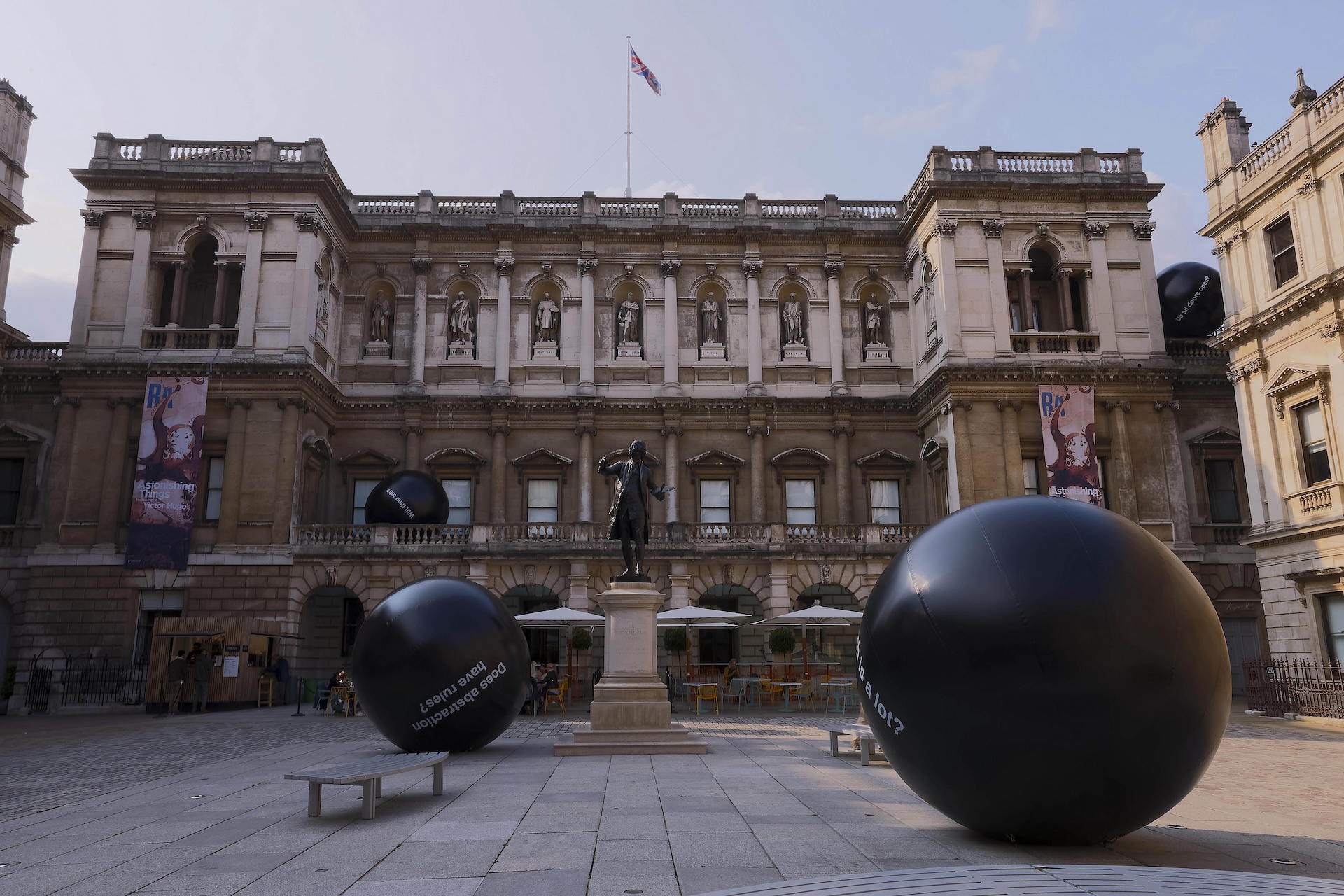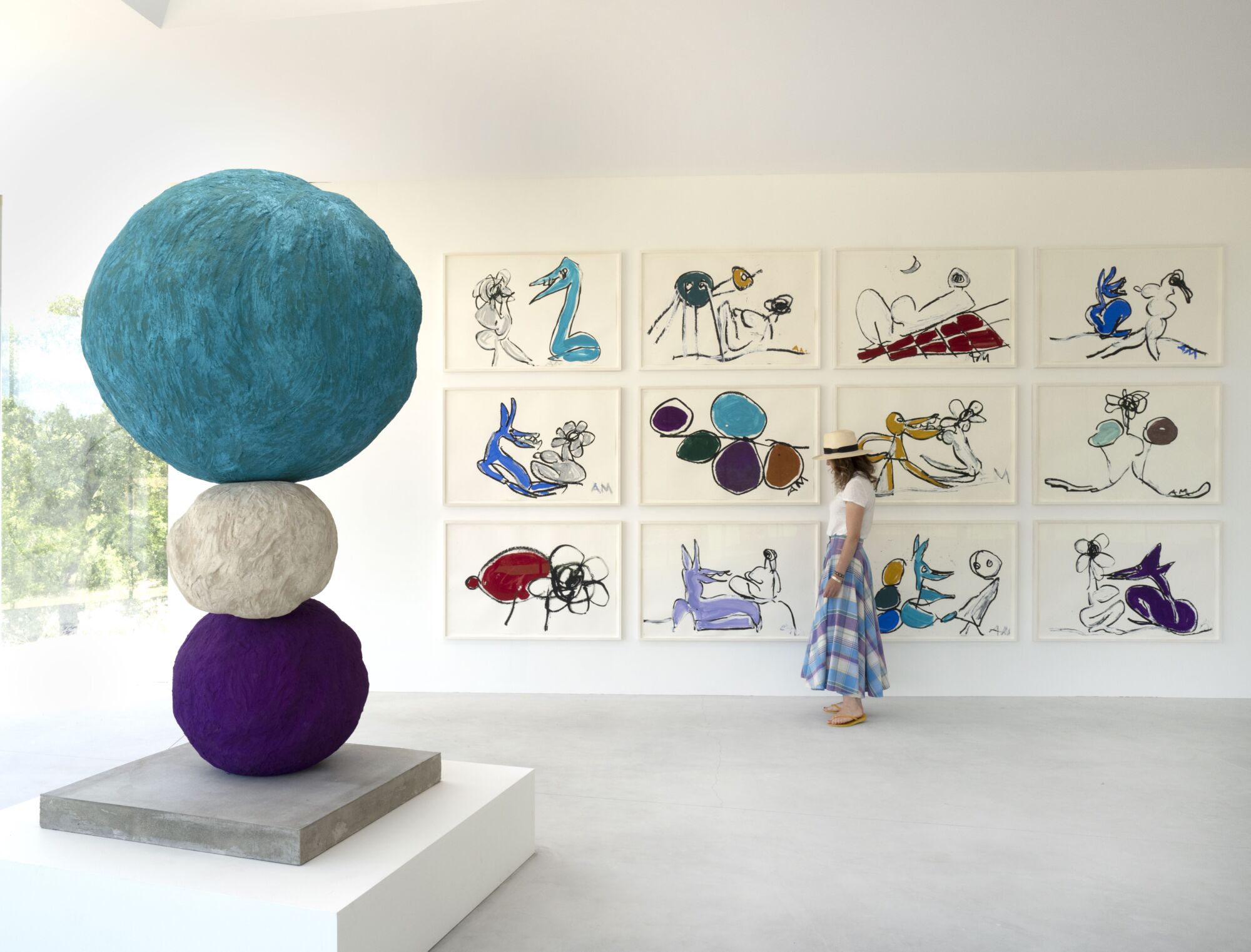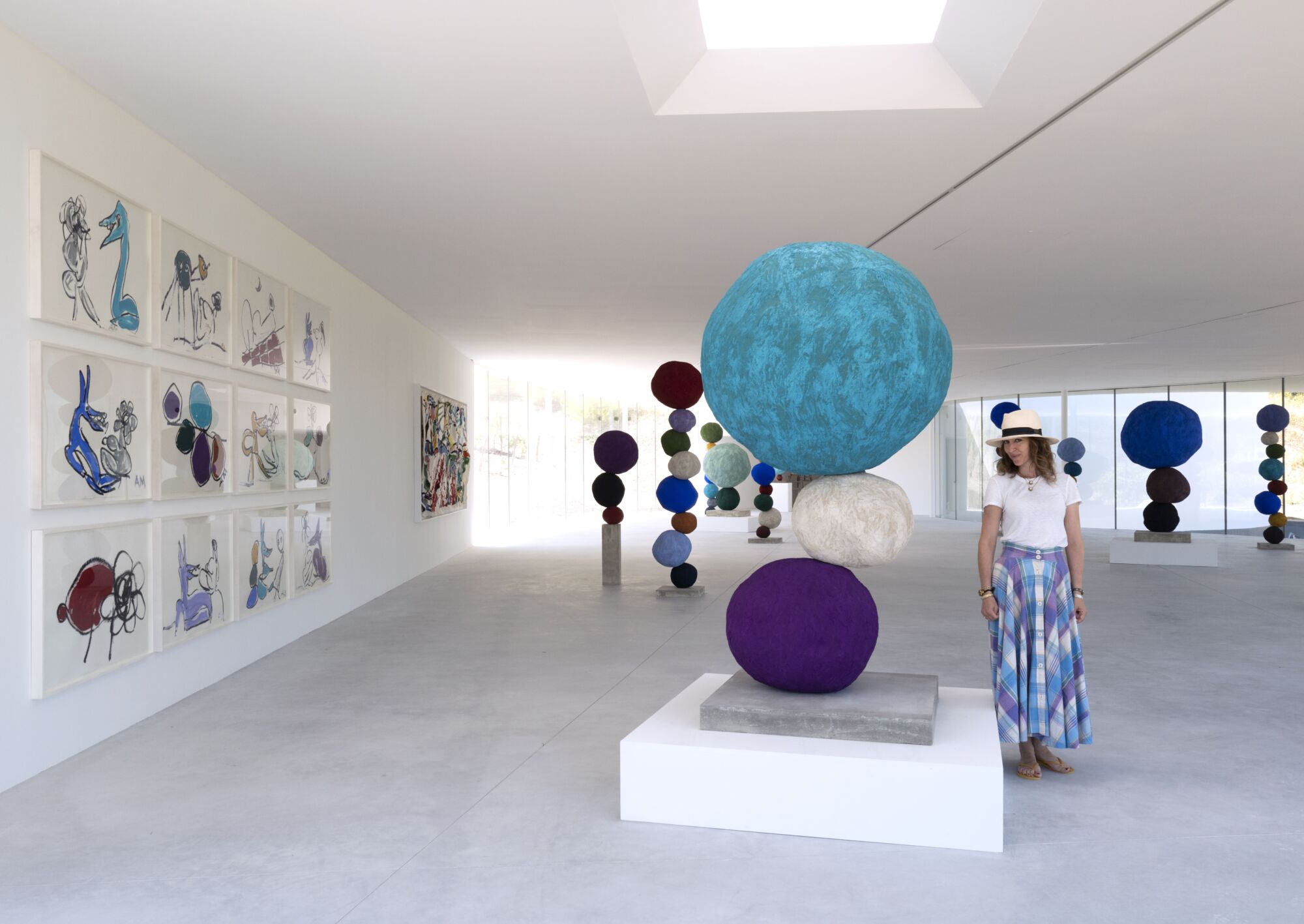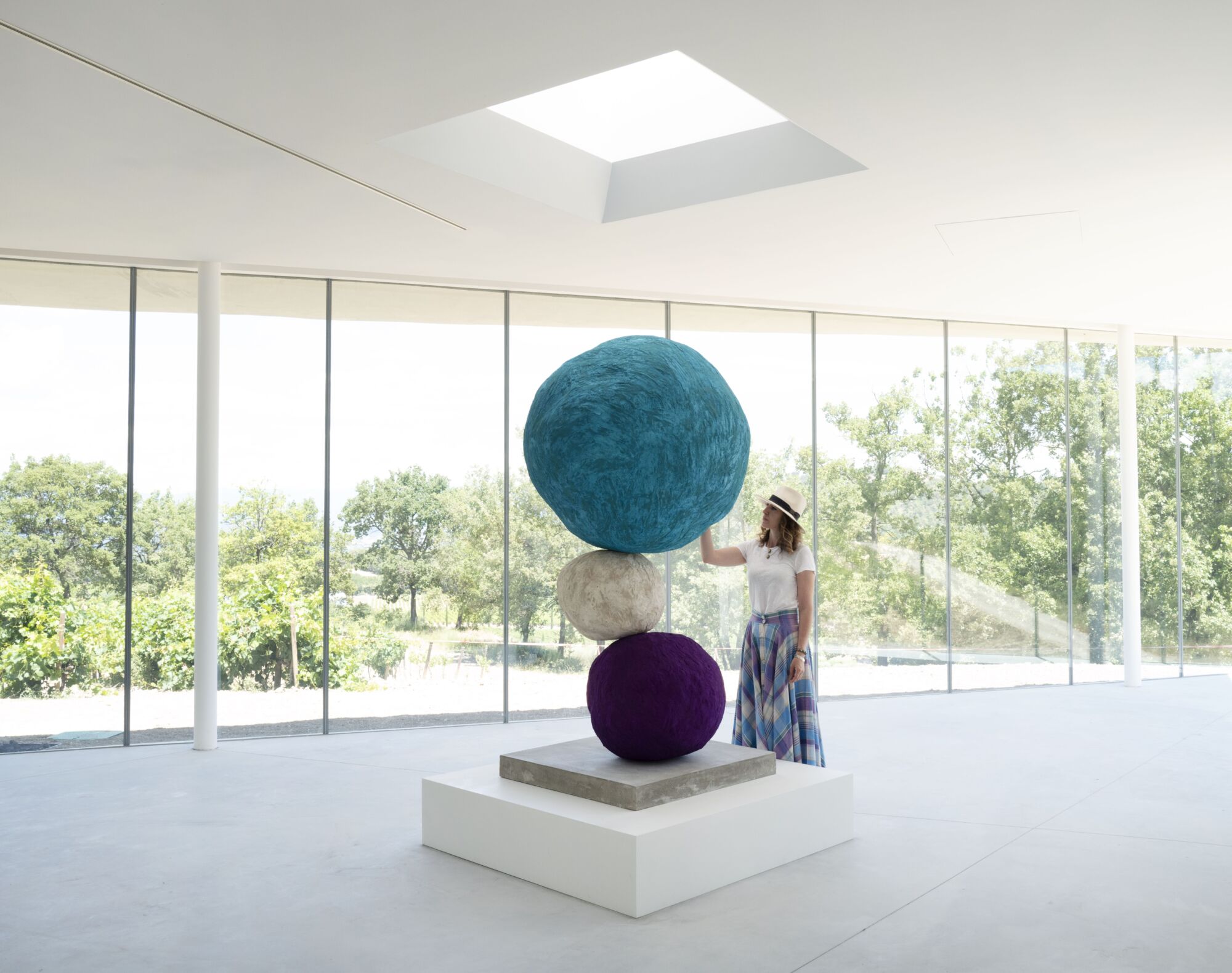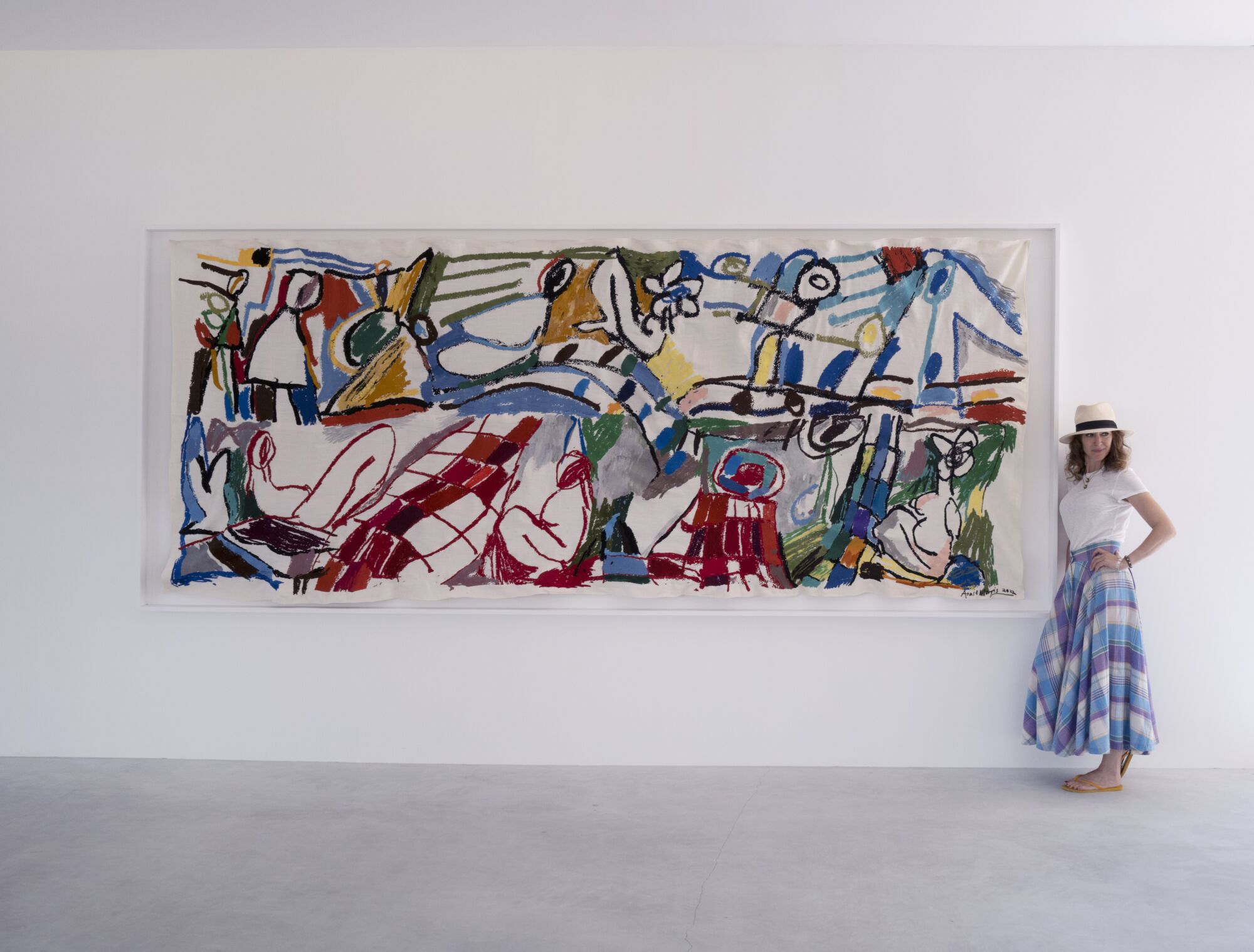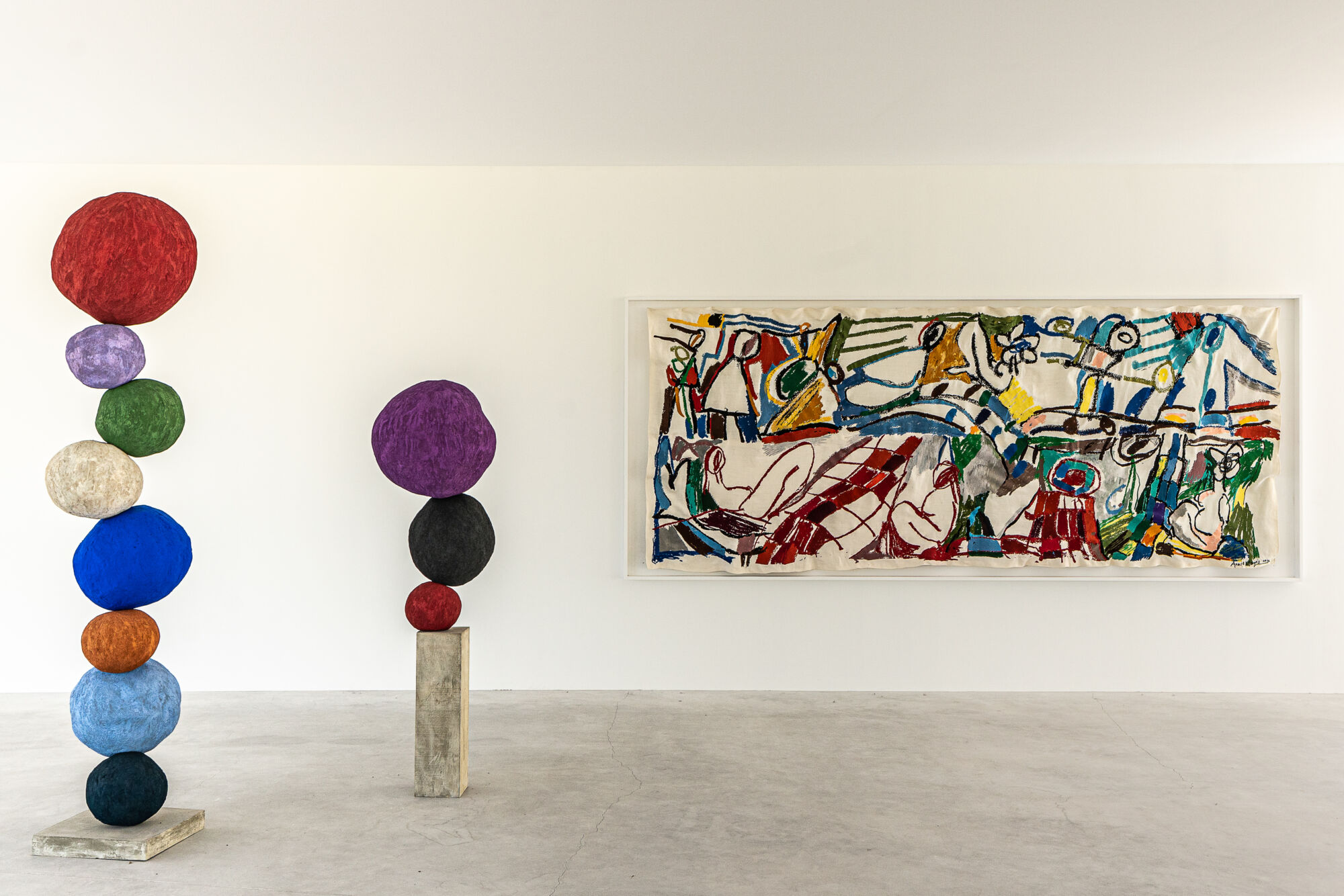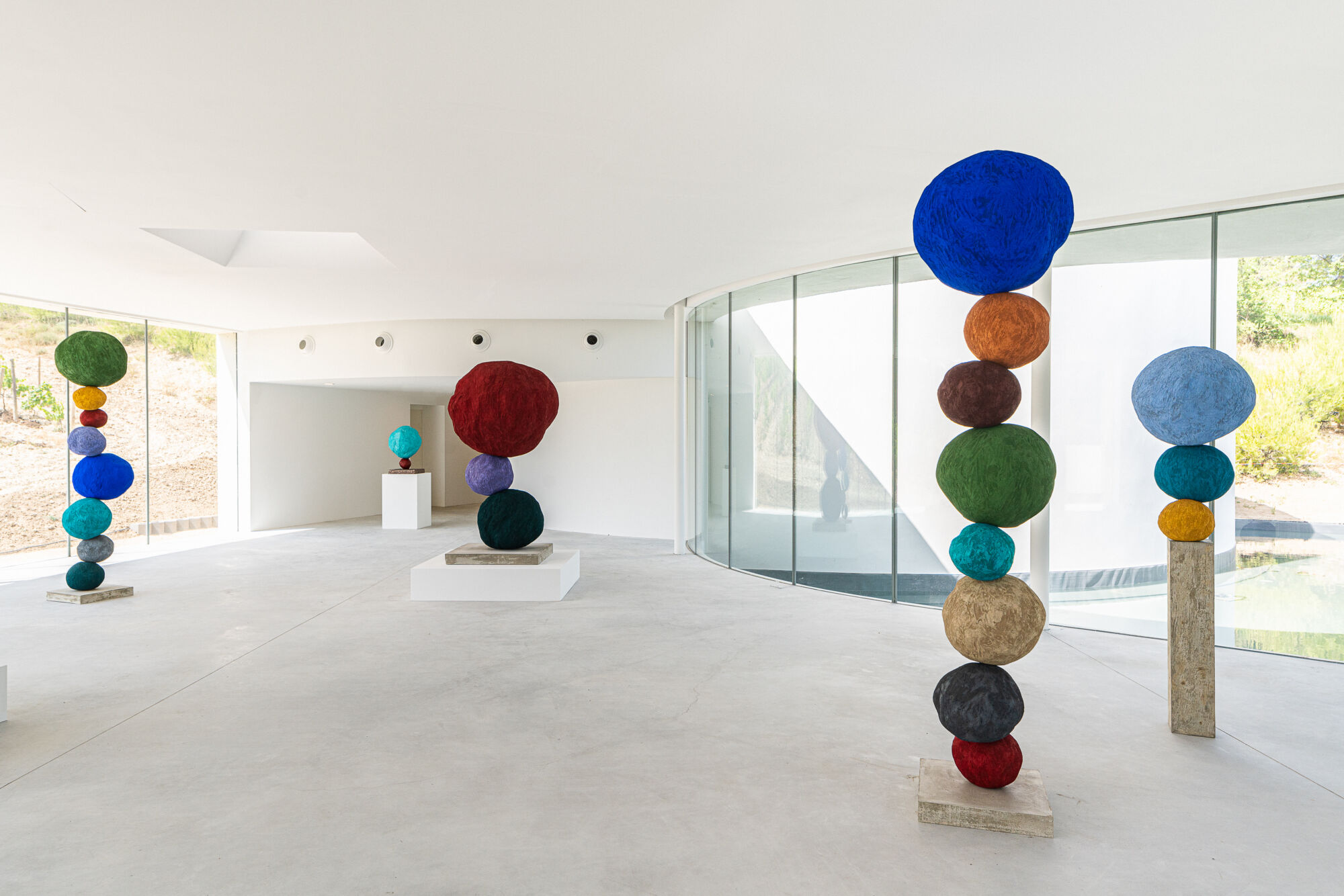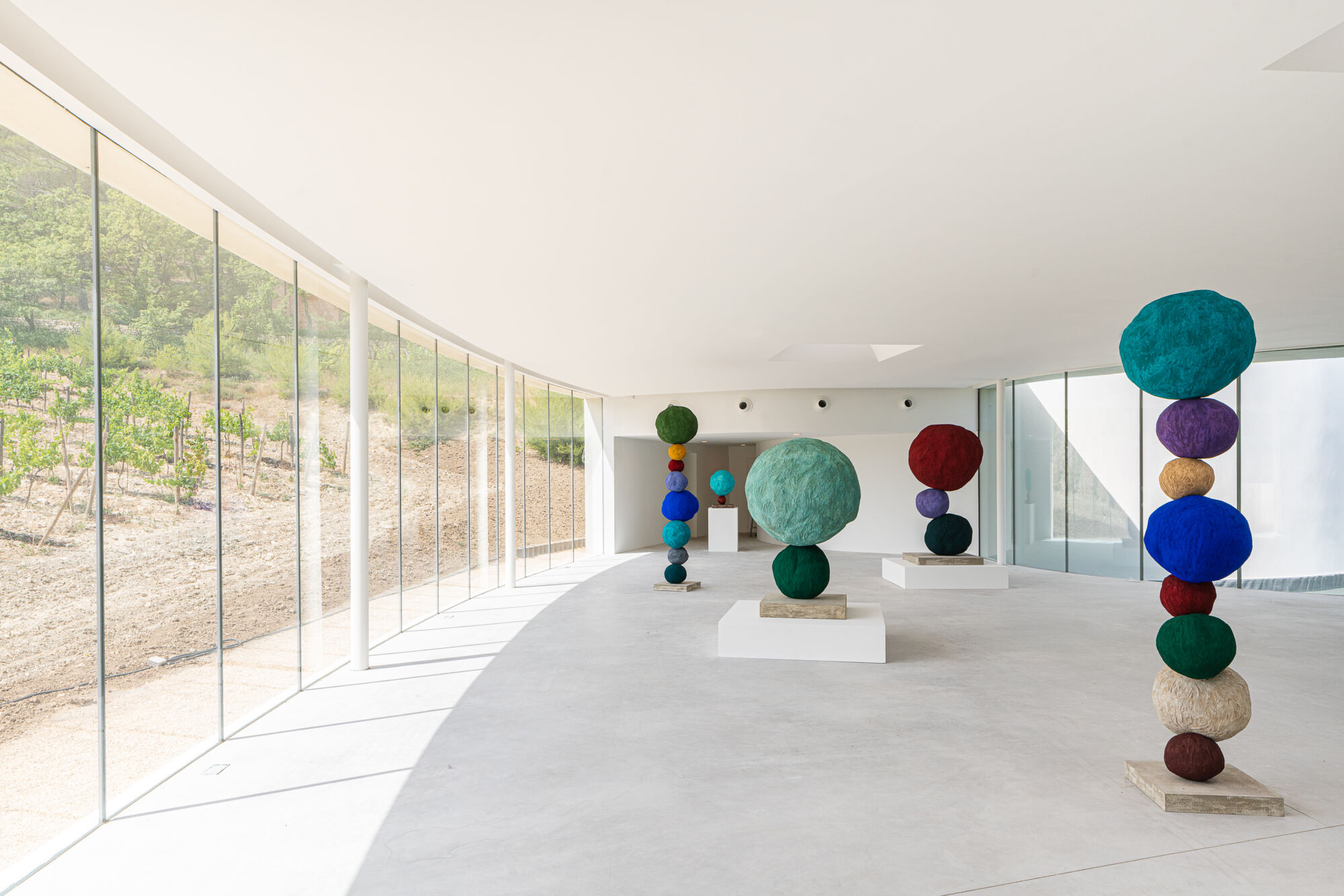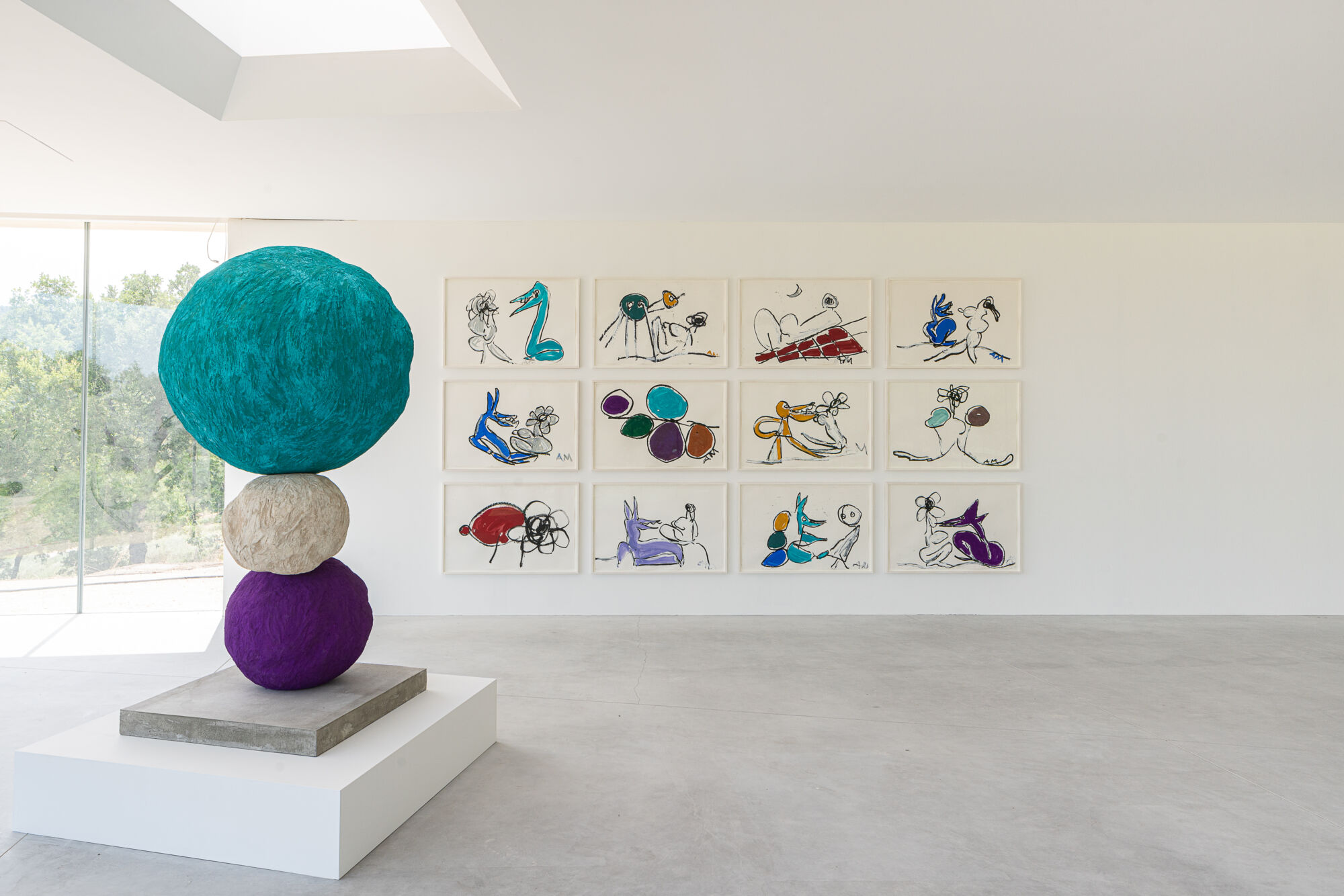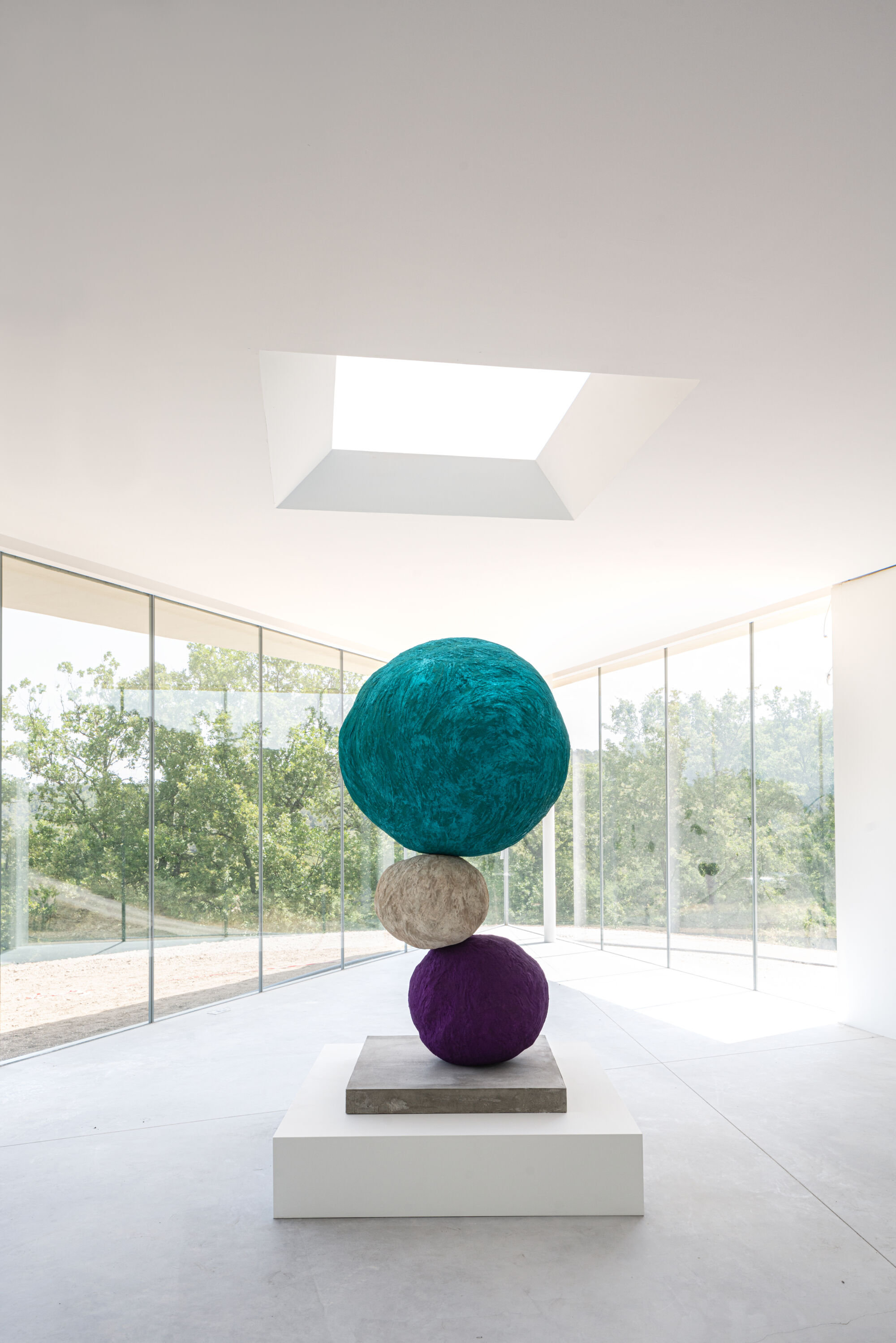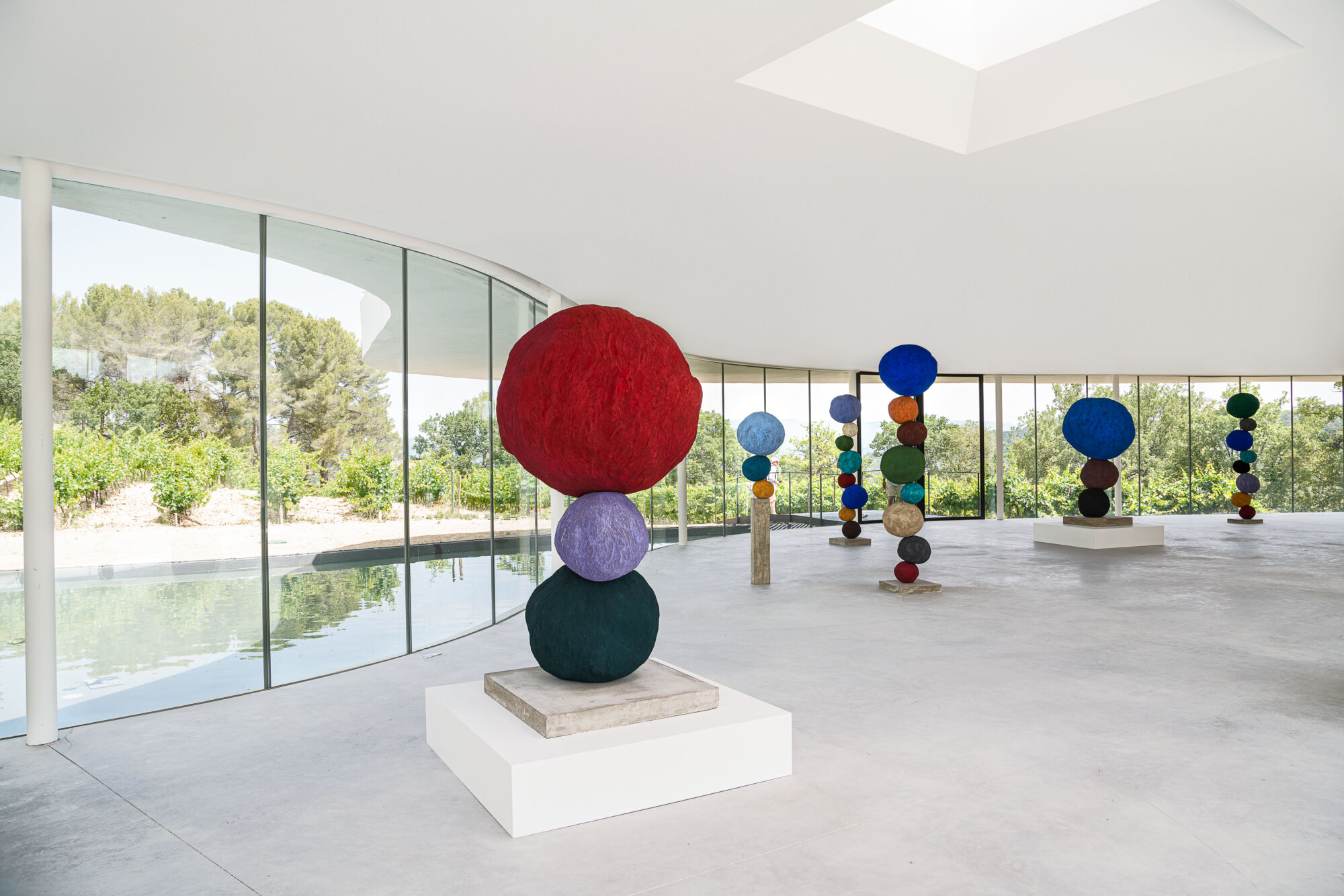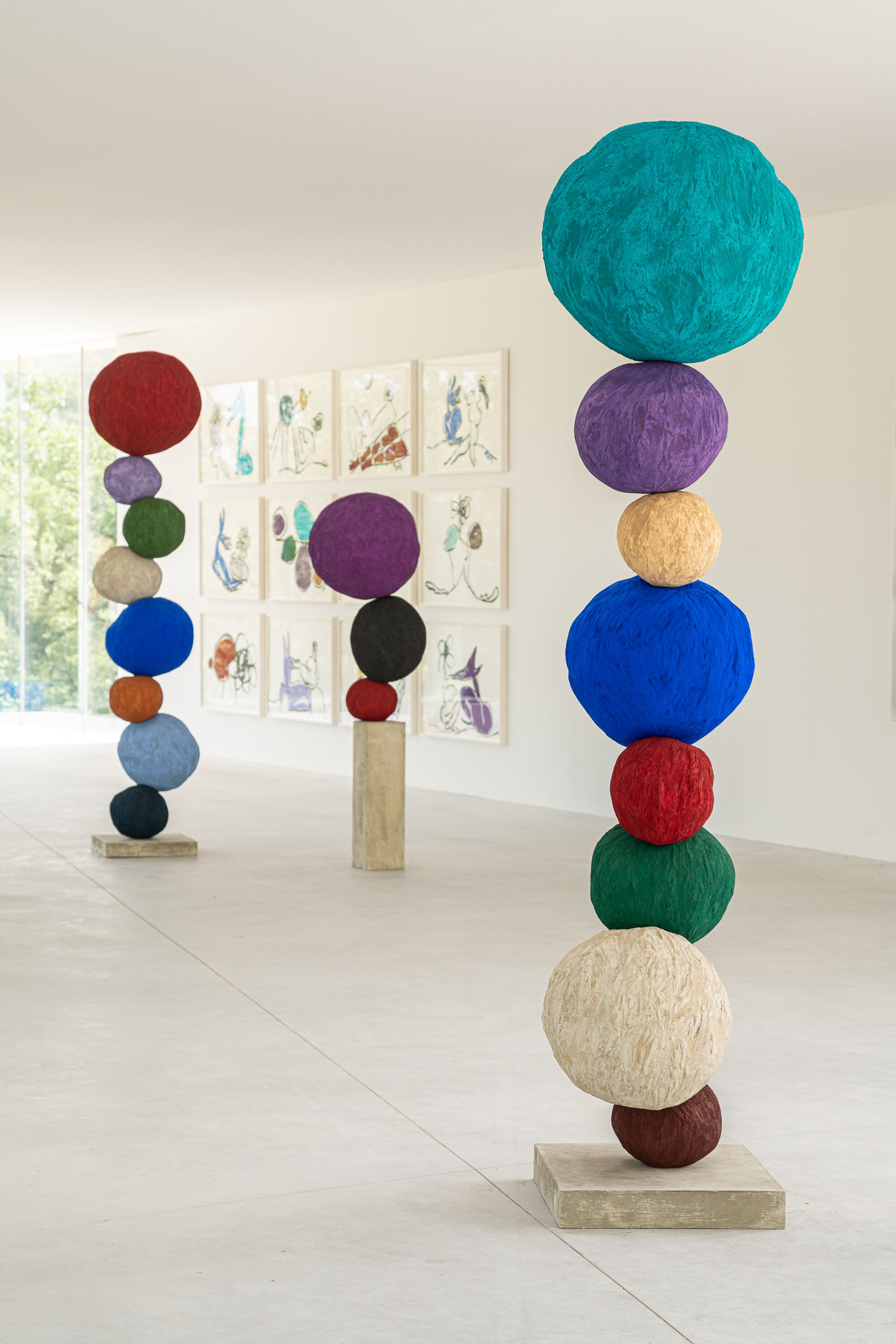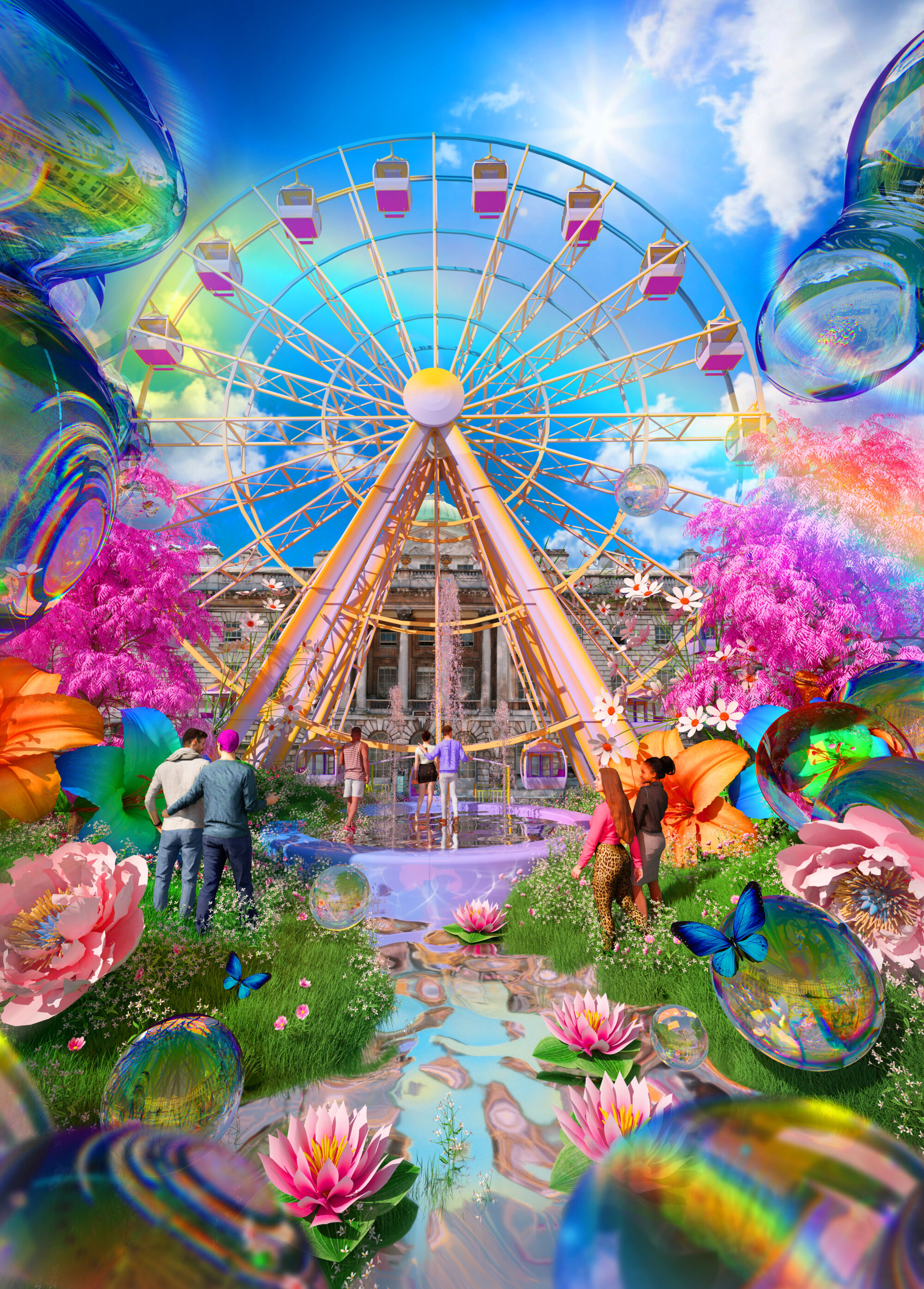
Above This Bright Land at Somerset House

Above Courtesy of Black Eats LDN

Above Friday Night Parties. ENXI.
Courtesy of ESEA Sisters
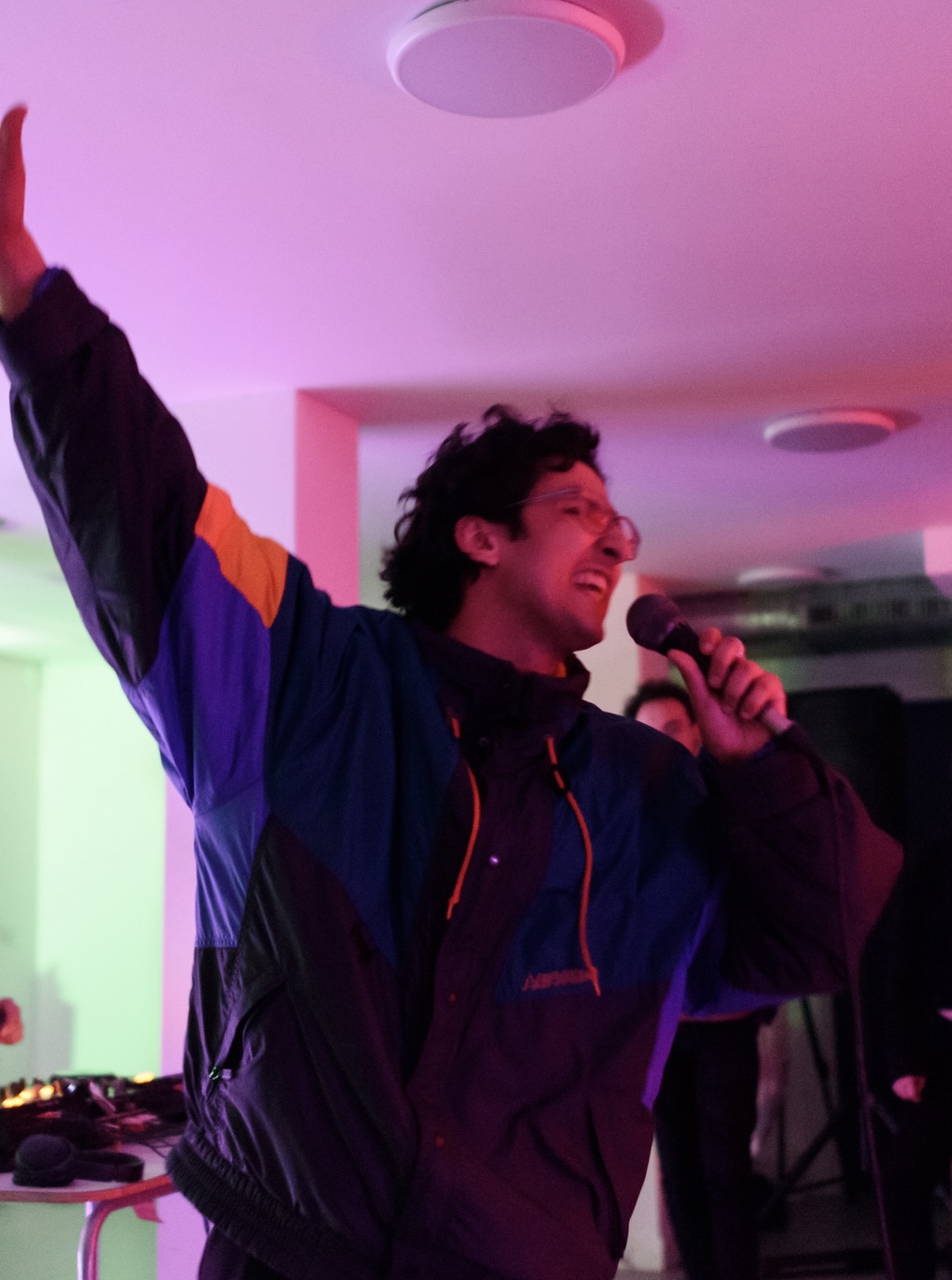
Above Friday Night Parties. Jonny Khan.
Courtesy of Daytimers

Above Sunday Street Parties. Figs in Wigs.
Credit Rosie Collins
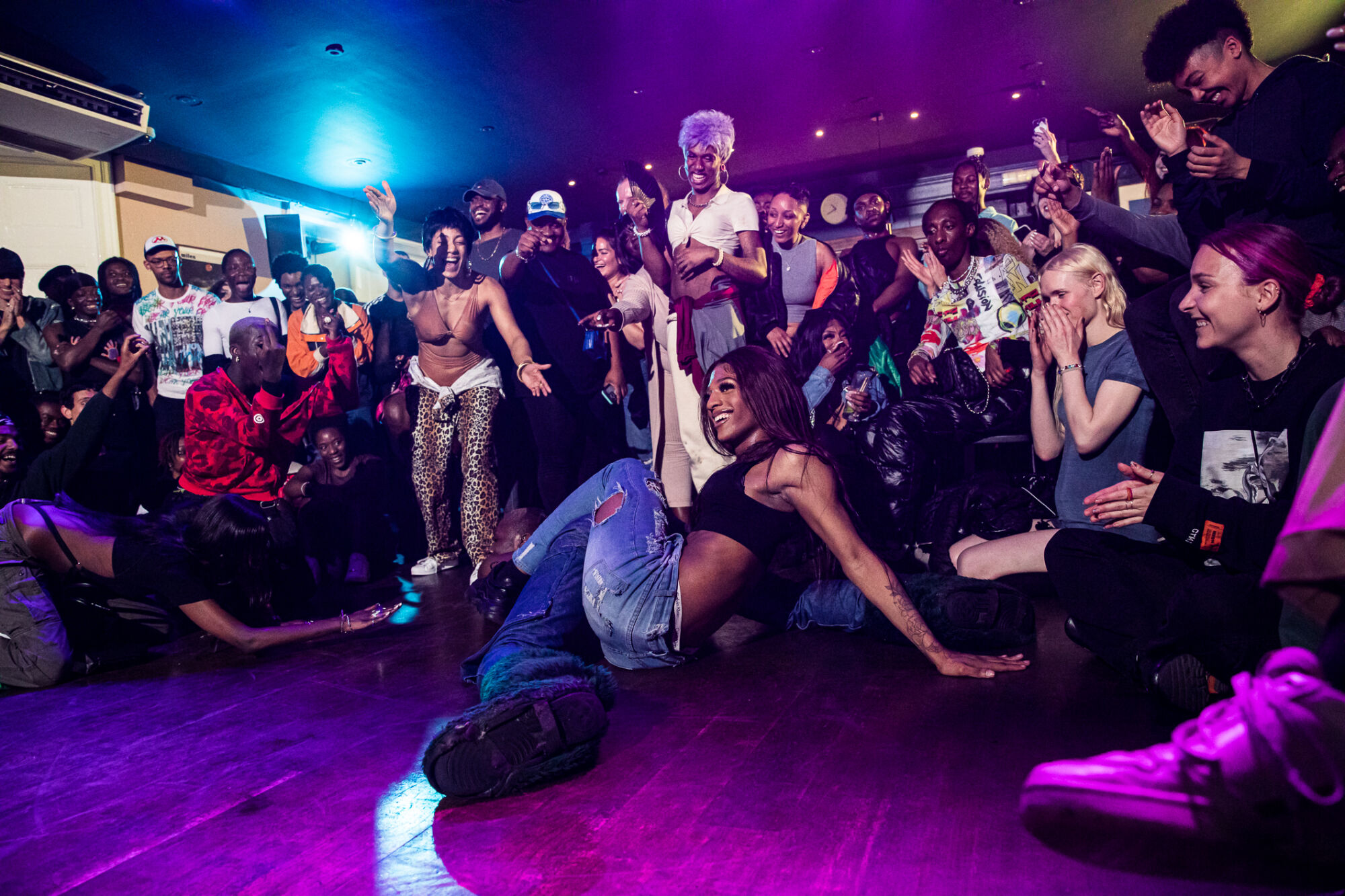
Above Vogues Balls with Vogue Rites.
Courtesy of Vogue Rites
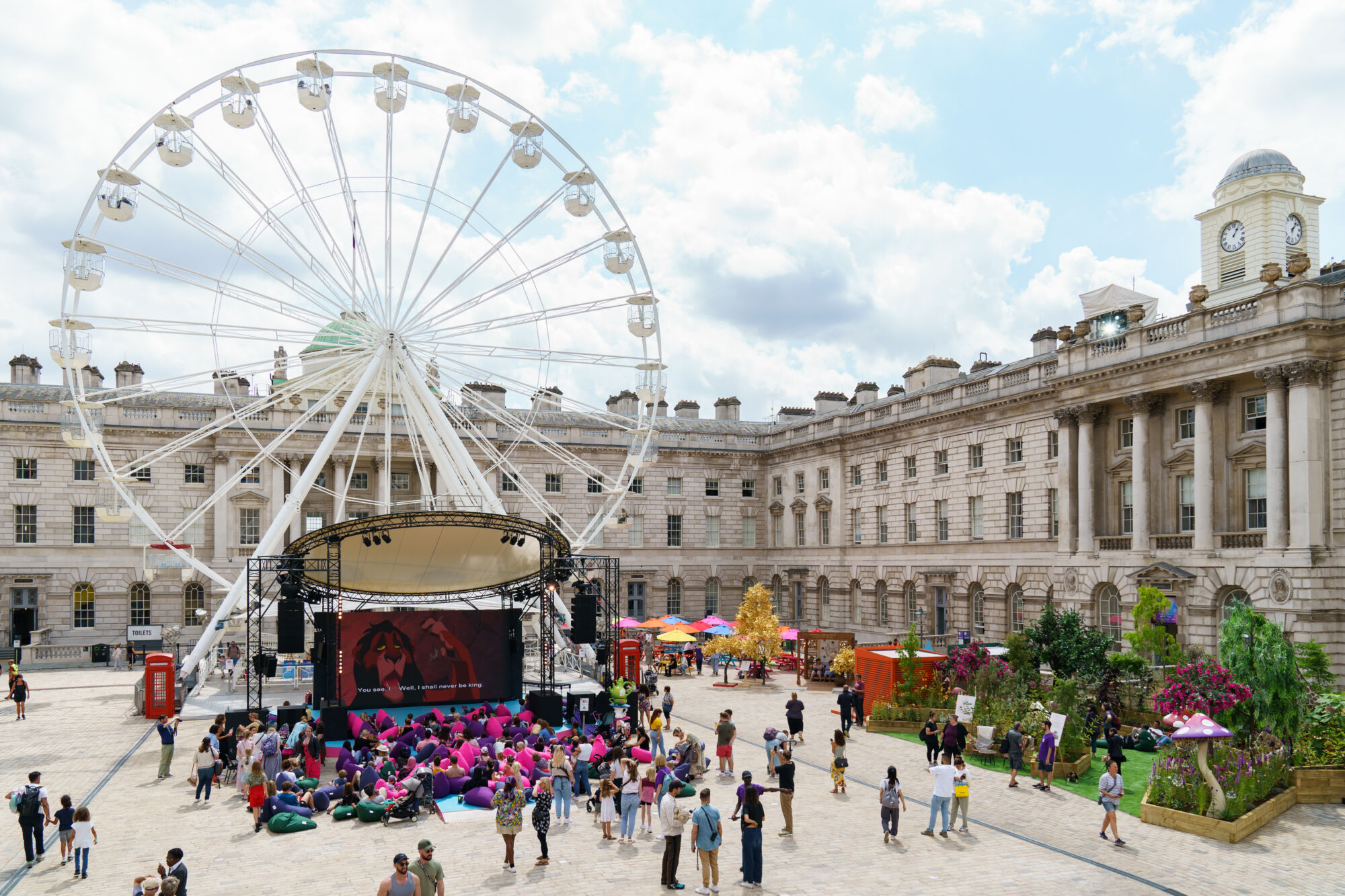
Above This Bright Land at Somerset House.
Image by Ben Queensborough

Above This Bright Land at Somerset House.
Image by Ben Queensborough

Above This Bright Land at Somerset House.
Image by Ben Queensborough
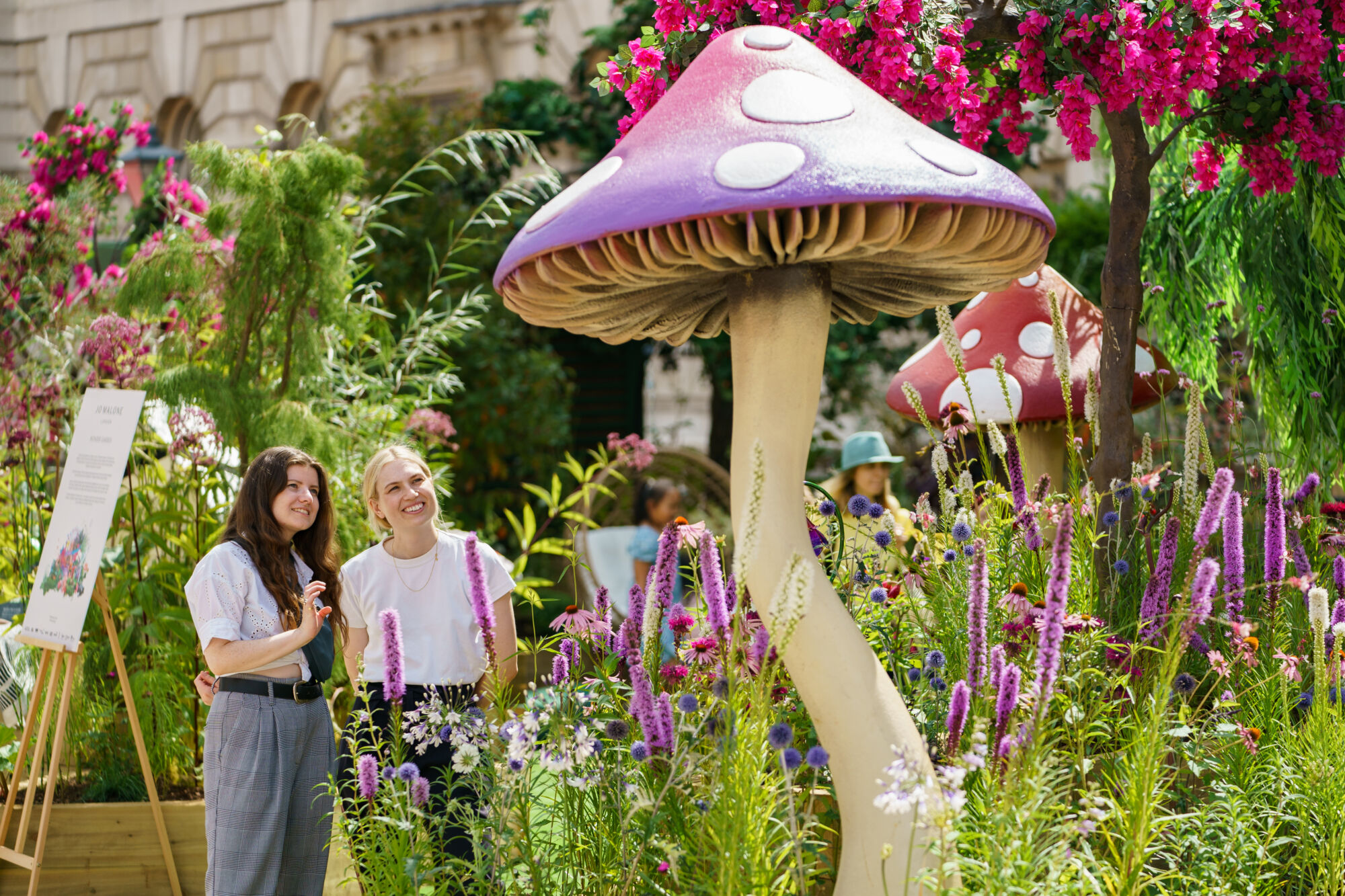
Above This Bright Land at Somerset House. Image by Ben Queensborough

Above This Bright Land at Somerset House. Image by Ben Queensborough

Above Vogues Balls with Vogue Rites.
Courtesy of Vogue Rites
